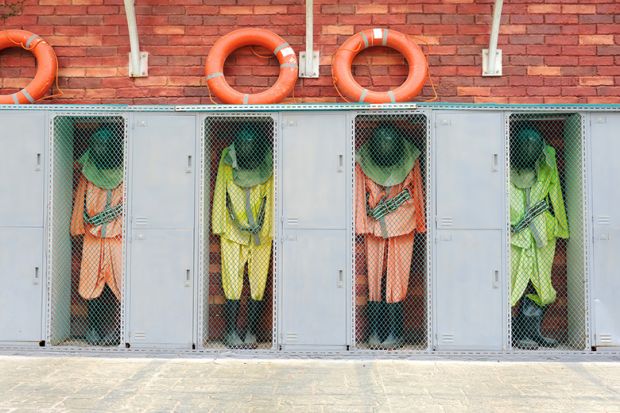During the late 1930s and early 1940s the Japanese occupiers of parts of China murdered at least 250,000 civilians and 30,000 soldiers with bacterial and germ weapons, a unique war crime. To obtain these weapons for a possible war with the Soviet Union, the US concealed evidence of those guilty of germ warfare at the Tokyo war crimes trials (1946-48), limiting convictions to leaders charged with familiar war crimes.
The biological experiments were carried out on prisoners carted off as “logs” to vast secret establishments in Manchuria. The first “successful” plague attack rained down on the port of Ningpo. After the war, some involved in the research and the murders, such as those who confined deliberately infected victims in locked buildings, repented. American research on such warfare expanded and was highly funded until President Richard Nixon cancelled the entire project.
Jeanne Guillemin, a senior researcher at MIT, explores and evaluates large quantities of shocking evidence but, until the book’s end, restrains her judgement on the Japanese who did the deeds, and on the Americans. The US, at the highest military and political levels, covered up the crimes. The Russians knew a great deal about what the Japanese had done in China and their lawyers unsuccessfully tried to introduce facts and allegations into the Tokyo trials, only to have their information derided and dismissed as unsubstantiated.
In fact, as a repentant senior Japanese scientist who had participated in the murders explained, “A bomb filled with bacteria was placed on the ground and about twenty Manchurians were tied to poles or made to sit down on the ground at a proper distance from...the bomb which was eclectically exploded...the plague bacilli and anthrax bacilli penetrated through the wound into human bodies...their cases were studied, but most of them died in agony.”
From the standpoint of the perpetrators, these were perfect weapons: infected wheat, grain and fleas dropped from the air on undefended cities, towns and fields, or deadly infections inflicted on helpless prisoners, at minimal risk to normal military operations. Saboteurs trained by the Japanese scientists, writes Guillemin, “infected wells with cholera and distributed poisoned food and drink among targeted civilians”.
As soon as the war ended, General Ishi, the senior criminal (and a former medical scientist), destroyed most of the evidence and hid himself so successfully, and comfortably, that he was presumed dead. He agreed to disclose what he knew only when he was granted immunity from punishment for what he had done.
What happened, as Guillemin puts it when she finally allows herself some outrage, was the result of the US protecting its ambitions for future germ warfare: “US military intelligence had actively invaded the Tokyo trial proceedings and suppressed an entire category of war crimes perpetrated against Chinese civilians. The rule of law could hardly have been more abused in the name of national security.” At the very least, she contends, Tokyo and Washington should apologise to China for crimes “too many to remember”.
Jonathan Mirsky was formerly associate professor of Chinese history and comparative literature at Dartmouth College.
Hidden Atrocities: Japanese Germ Warfare and American Obstruction of Justice at the Tokyo Trial
By Jeanne Guillemin
Columbia University Press, 488pp, £27.95
ISBN 9780231183529
Published 26 September 2017
POSTSCRIPT:
Print headline: The war crime the West forgot
Register to continue
Why register?
- Registration is free and only takes a moment
- Once registered, you can read 3 articles a month
- Sign up for our newsletter
Subscribe
Or subscribe for unlimited access to:
- Unlimited access to news, views, insights & reviews
- Digital editions
- Digital access to THE’s university and college rankings analysis
Already registered or a current subscriber?





